
The commander of the 12th Special Purpose Battalion of the National Guard Systems of the National Guard of Ukraine with the call sign "Ias" told this in an interview with The War Zone. According to him, the transition to fiber -optic connection between the drone and the operator makes it possible to conduct surgery in the mode of full radio. The use of a cable also allows you to save control even in conditions of complex relief.
However, the effectiveness of such drones depends on the qualification of the operator, although in general the likelihood of successful entry into the target of fiber-optic FPV-aroma is estimated at about 50%. "The use of fiber optic cables, as in the case of any FPV drone, has its own peculiarities, and if the pilot is not qualified enough, it will lead to significant losses of such equipment and systems," the commander said.
The fighter added that, despite the obvious benefits, less than 5% of all drones used in the unit are connected to the cable. The reason - the lack of equipment and long supply time - manufacturers in Ukraine do not physically cope with the volume of orders, and the purchase of components from China, as some companies did in the early stage, led to the emergence of poor quality products.
In addition, some of the devices were not initially adapted to combat conditions, and servicemen had to disconnect radio transmitters on their own to avoid illumination. The cost of one drone with a range of up to 10 km is currently about $ 1,200. At the same time, according to Yasa, the Ukrainian units already used drones with a range of 15 km, and individual samples showed efficiency by 20 km.
At the same time, according to him, the Russian side already uses similar drones with a range up to 30 km. Compared to radio -controlled drones, FPV fiber optic shows better survival in the conditions of radio electronic suppression. In radio -controlled drones, the likelihood of a hit can be reduced to 30%, especially with the intensive operation of enemy HPs and the presence of obstacles to direct visibility.
"Drones currently not provided by the state cannot work at a distance of more than five to eight kilometers from the collision line . . . We try to use better and more powerful details for our retranslars to provide coating for our drones and be able to continue their efficient use," the commander explained. He separately emphasized that the main advantage of the Russian EWS is not in quality, but on a scale.
The enemy quickly scales the found decisions on the entire front line, and Ukrainian soldiers have to adapt constantly. "For example, they invent a counter -confusion, learn to stall our management channel and rapidly scale this decision. I would like to say that at this point the Russian radio electronic struggle is undoubtedly one of the leading ones in the world. So I do not want to underestimate the enemy," he added.


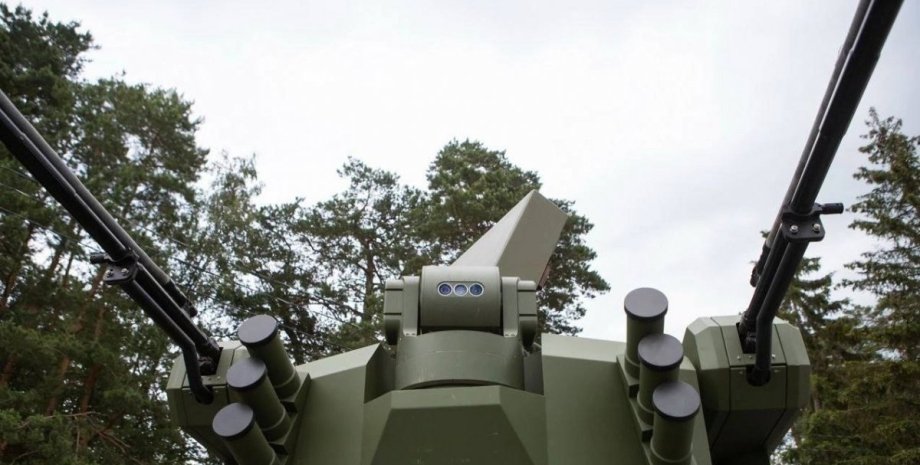
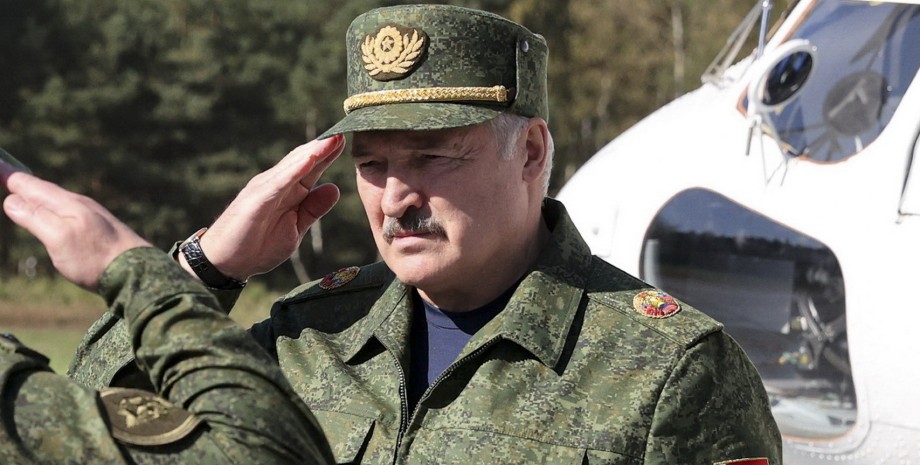
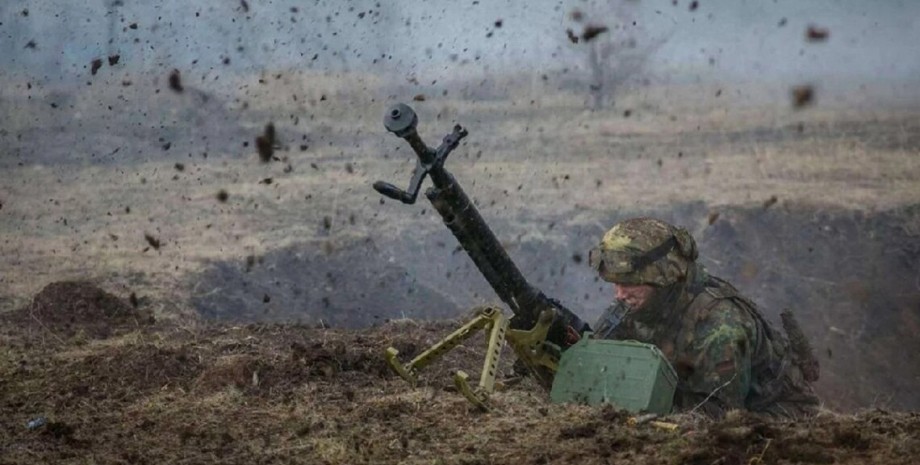

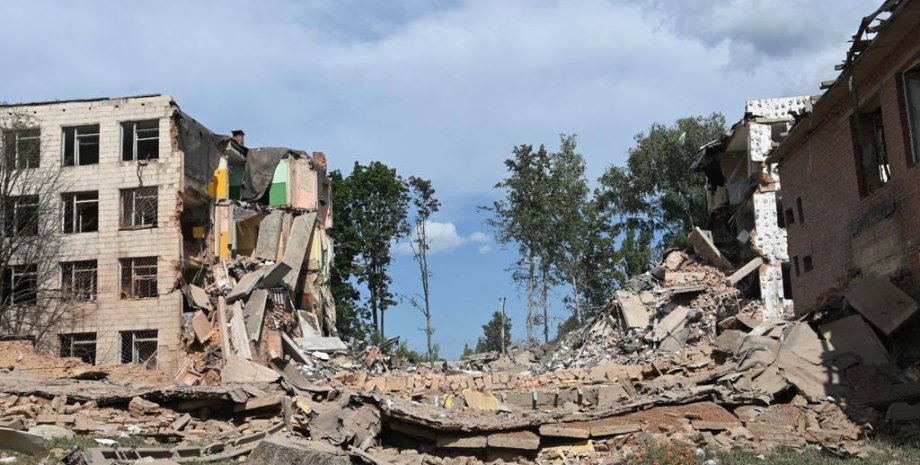


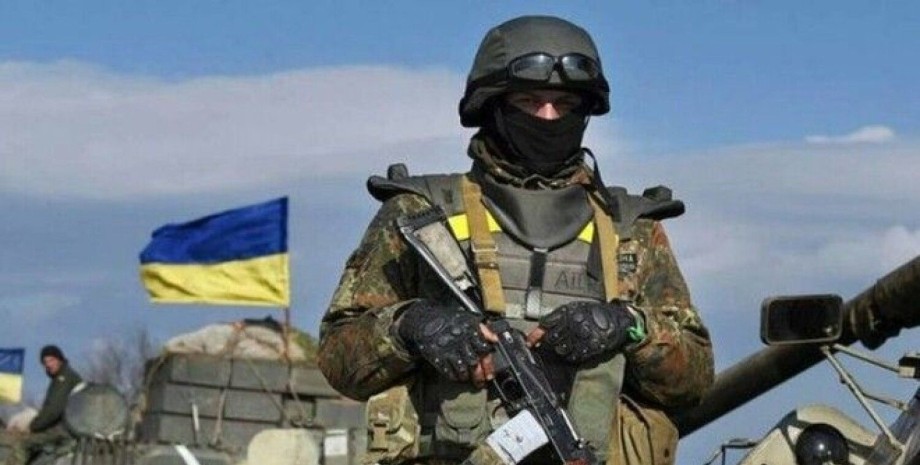
All rights reserved IN-Ukraine.info - 2022